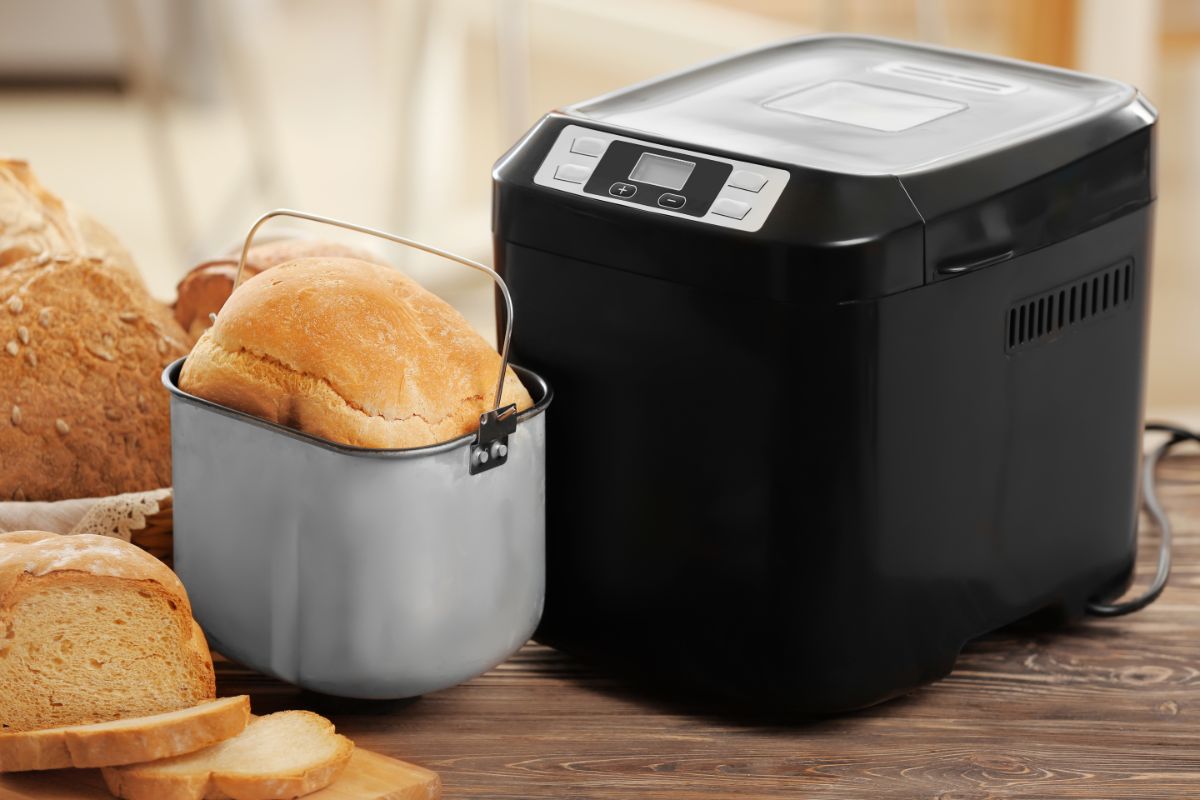

Articles
How To Store Bread Maker Bread
Modified: February 27, 2024
Discover the best techniques and tips for storing bread made from your bread maker in this comprehensive guide. Learn how to keep your bread fresh and delicious for longer.
(Many of the links in this article redirect to a specific reviewed product. Your purchase of these products through affiliate links helps to generate commission for Storables.com, at no extra cost. Learn more)
Introduction
There’s nothing quite like the aroma and taste of fresh bread, especially when it comes straight out of your very own bread maker. Whether you’re a seasoned bread maker or just starting to experiment, knowing how to properly store your bread maker bread is essential to maintain its freshness and flavor.
When it comes to storing bread maker bread, there are a few factors to consider, such as the type of storage method and the duration you plan to keep the bread. In this article, we will guide you through the different storage options and provide you with tips and tricks to keep your bread maker bread fresh for as long as possible.
So, if you’re ready to learn the best practices for bread storage, let’s dive in!
Key Takeaways:
- Properly storing bread maker bread is crucial for maintaining its freshness and flavor. Whether at room temperature, in the refrigerator, or freezer, follow the correct methods to ensure delicious, enjoyable bread.
- Utilize helpful tips and tricks such as slicing and freezing bread, wrapping it tightly, avoiding moisture, and reheating it to perfection. These practices will help prolong the shelf life of your bread maker bread and ensure each slice is as delicious as the first.
Read more: How To Store Bread Machine Bread
Choosing the Right Storage Method
When it comes to storing your bread maker bread, selecting the right storage method is crucial to maintaining its freshness and texture. Here are three common methods to choose from:
1. Room Temperature: Storing bread at room temperature is ideal for short-term use, typically up to three days. However, keep in mind that bread stored at room temperature tends to stale more quickly compared to other storage methods.
2. Refrigerator: If you plan to keep your bread for a longer period, storing it in the refrigerator can help extend its shelf life. The cool temperature of the fridge slows down the staling process, allowing your bread to stay fresh for up to a week.
3. Freezer: Freezing bread is the best option if you want to keep it for an extended period, up to three months or even longer. Freezing not only preserves the freshness but also locks in the flavor and moisture of the bread.
Now that we’ve explored the different storage methods let’s dive deeper into each method and learn the best practices for storing bread maker bread.
Storing Bread Maker Bread at Room Temperature
Storing your bread maker bread at room temperature is a convenient option for short-term use. However, keep in mind that bread stored at room temperature tends to stale more quickly. Here are some guidelines to ensure your bread stays fresh:
- Once your bread has cooled completely, transfer it to a clean and airtight container. Avoid using plastic bags, as they can make the bread sweat and become soggy.
- Opt for a bread box or bread bin if you have one, as these containers allow for air circulation while still protecting the bread from drying out.
- Place the container in a cool and dry area away from direct sunlight. Avoid keeping it near the stove, microwave, or any other heat source, as this can accelerate the staling process.
- If you notice that your bread is starting to dry out or stale, you can try reviving it by briefly heating it in the oven or toasting it. This will help bring back some of its freshness.
Remember to consume your bread maker bread within three days when stored at room temperature to ensure optimal taste and texture. If you don’t think you’ll be able to finish it within that timeframe, consider storing the remaining slices in the refrigerator or freezer for extended freshness.
Storing Bread Maker Bread in the Refrigerator
If you’re looking to keep your bread maker bread fresh for a longer period, storing it in the refrigerator is a great option. The cooler temperature of the fridge helps to slow down the staling process and maintain the bread’s freshness. Here’s how to store your bread maker bread in the refrigerator:
- Once your bread has cooled completely, wrap it tightly in plastic wrap or aluminum foil. This will prevent it from drying out and absorbing any odors from other foods in the fridge.
- If your bread is too large to wrap in one piece, you can slice it into smaller portions and wrap each slice individually.
- Place the wrapped bread in a resealable bag or airtight container to provide an extra layer of protection. This will help prevent any moisture loss and maintain the bread’s texture.
- Store the bread in the main compartment of your refrigerator, away from any raw meat or strong-smelling foods. This will help avoid any flavor transfer or unpleasant odors.
It’s important to note that while storing bread in the refrigerator helps to prolong its shelf life, it can also accelerate the process of retrogradation, where the starch molecules in the bread undergo changes and become firm. This can make the bread feel dry or stale.
To revive refrigerated bread before consuming, you can lightly moisten the slices with some water and warm them in a toaster or oven. This will help restore some moisture and freshness to the bread.
When stored properly in the refrigerator, bread maker bread can stay fresh for up to a week. If you don’t plan on consuming it within that timeframe, consider transferring some slices to the freezer for longer-term storage.
Store bread maker bread in a paper bag at room temperature for up to 2 days. For longer storage, wrap in plastic wrap and freeze for up to 3 months. Thaw at room temperature when ready to eat.
Storing Bread Maker Bread in the Freezer
If you want to extend the shelf life of your bread maker bread even further, freezing is the way to go. Freezing bread not only preserves its freshness but also locks in its flavor and moisture. Here’s how to store your bread maker bread in the freezer:
- Once your bread has cooled completely, wrap it tightly in plastic wrap or aluminum foil. This will seal out any air and prevent freezer burn.
- If you have sliced bread, you can either wrap each slice individually or group them into servings and wrap them together.
- Place the wrapped bread in a resealable freezer bag or an airtight container. Make sure to squeeze out as much air as possible before sealing it.
- Label the bag or container with the date of freezing to keep track of its freshness.
- Store the bread in the freezer, ideally in the back where it is less likely to be exposed to temperature fluctuations when the freezer door is opened.
When you’re ready to enjoy your frozen bread maker bread, follow these steps to thaw and reheat it:
- Remove the desired number of slices from the freezer and let them thaw at room temperature for about 1-2 hours. Alternatively, you can toast the frozen slices directly in a toaster or toaster oven for a quick thaw and warm-up.
- If you prefer your bread to be soft and moist, you can lightly moisten the slices with a bit of water before thawing or toasting them.
- To reheat the thawed slices, you can toast them in a toaster or warm them in a preheated oven at a low temperature for a few minutes. This will help restore some of the bread’s texture and freshness.
Properly stored bread maker bread can be kept in the freezer for up to three months or even longer. However, for optimal flavor and texture, it’s recommended to consume it within the first three months of freezing.
By utilizing the freezer method, you can always have a stash of fresh bread maker bread on hand and enjoy it whenever you desire!
Read more: How To Store Baguette Bread
Thawing and Reheating Frozen Bread Maker Bread
Thawing and reheating frozen bread maker bread is a simple process that allows you to enjoy the freshly baked taste and texture. Here’s how to thaw and reheat your frozen bread maker bread:
- Remove the desired number of bread slices from the freezer. If you have individually wrapped slices, you can take out as many as you need.
- Place the frozen bread slices on a plate or a wire rack and let them thaw at room temperature for about 1-2 hours. The time needed for thawing may vary depending on the thickness of the slices and the room temperature.
- If you’re in a hurry or prefer a warm slice of bread, you can toast the frozen bread directly in a toaster or toaster oven. Toasting will not only thaw the bread but also provide a crispy outer texture.
- If you prefer softer bread, you can wrap the thawed slices in aluminum foil and warm them in a preheated oven at a low temperature (around 300°F or 150°C) for a few minutes. This gentle reheating will help restore the bread’s softness and moisture.
- Once the bread is thawed and reheated to your liking, you can enjoy it as it is or enhance its flavor by spreading butter, jam, or any other favorite condiment.
It’s important to note that once the bread is thawed, you should consume it within a day or two to enjoy it at its best quality. Avoid refreezing previously frozen bread, as it can affect its taste and texture.
By knowing the proper thawing and reheating techniques, you can savor the deliciousness of your frozen bread maker bread whenever you crave it.
Tips and Tricks for Preserving Bread Maker Bread
Preserving the freshness and flavor of your bread maker bread requires proper storage and handling techniques. Here are some helpful tips and tricks to extend the shelf life of your bread:
- Slice and Freeze: If you know that you won’t consume the entire loaf within a few days, consider slicing the bread and freezing individual slices. This way, you can easily take out only what you need and keep the rest frozen for later use.
- Wrap it Right: When storing bread at room temperature, make sure to wrap it in airtight packaging to prevent it from drying out or becoming stale. For longer storage in the refrigerator or freezer, use a combination of plastic wrap and resealable freezer bags or airtight containers.
- Avoid Moisture: Moisture can accelerate the staling process. Ensure that your bread is completely cooled before storing it, as trapping heat or moisture inside the packaging can lead to mold growth.
- Keep It Dry: Store bread away from areas with high humidity, such as near the sink or refrigerator. Moisture in the air can penetrate the bread, causing it to become soggy and lose its freshness.
- Don’t Cut It All at Once: If storing a whole loaf, try to cut only what you need for immediate consumption. Sliced bread tends to dry out faster than unsliced bread, so cutting as you go will help maintain its freshness.
- Reheat to Perfection: If your bread starts to lose its softness or moisture, you can lightly toast it or warm it in an oven to revive its texture. However, avoid over-toasting, as it can make the bread overly dry and crispy.
- Store in the Right Spot: Properly store your bread away from direct sunlight, as UV rays can cause the bread to stale more quickly. Also, keep it away from strong-smelling foods in the fridge or freezer to prevent flavor transfer.
Following these tips and tricks will help you maximize the freshness and flavor of your bread maker bread, ensuring that every slice is as delicious as the first.
Conclusion
Properly storing your bread maker bread is essential to maintain its freshness and flavor for as long as possible. Whether you choose to store it at room temperature, in the refrigerator, or in the freezer, following the correct storage methods and techniques will ensure that your bread stays delicious and enjoyable.
When storing bread at room temperature, make sure to use airtight containers or bread boxes to protect it from air and moisture. If you plan to keep your bread for a longer period, the refrigerator can help extend its shelf life, while the freezer is the best option for long-term storage.
Remember to thaw and reheat frozen bread maker bread properly to preserve its taste and texture. Whether you choose to thaw at room temperature or toast the frozen slices directly, the goal is to bring back the freshness and warmth.
Additionally, make use of helpful tips and tricks such as slicing and freezing bread, wrapping it tightly, avoiding moisture, and reheating it to perfection. These practices will help you prolong the shelf life of your bread maker bread and ensure that each slice is as delicious as the first.
Now that you have a comprehensive understanding of how to store your bread maker bread, you can confidently enjoy its wonderful taste and aroma anytime you desire. So go ahead, have fun baking, and savor the delightful experience of homemade bread!
Frequently Asked Questions about How To Store Bread Maker Bread
Was this page helpful?
At Storables.com, we guarantee accurate and reliable information. Our content, validated by Expert Board Contributors, is crafted following stringent Editorial Policies. We're committed to providing you with well-researched, expert-backed insights for all your informational needs.
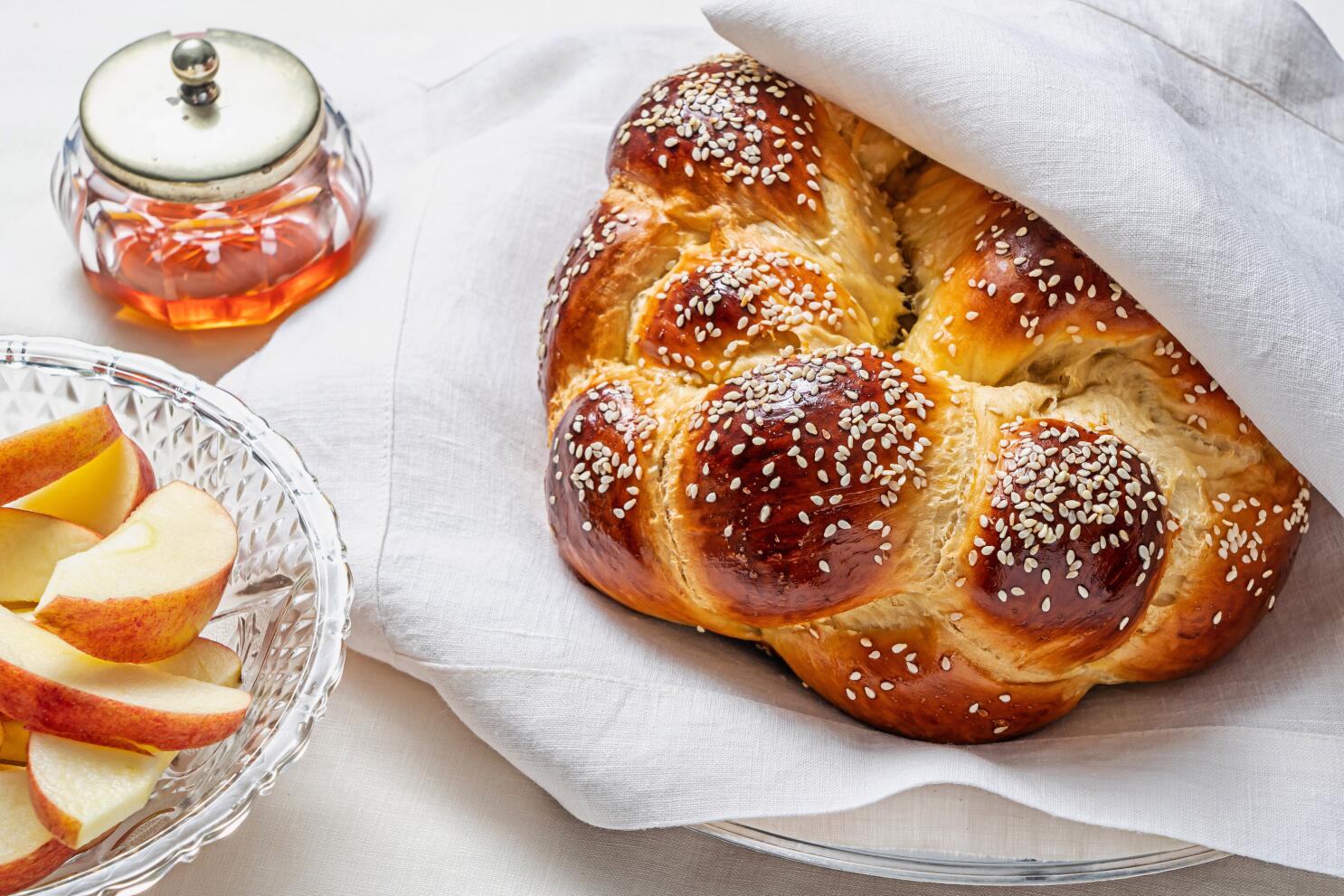
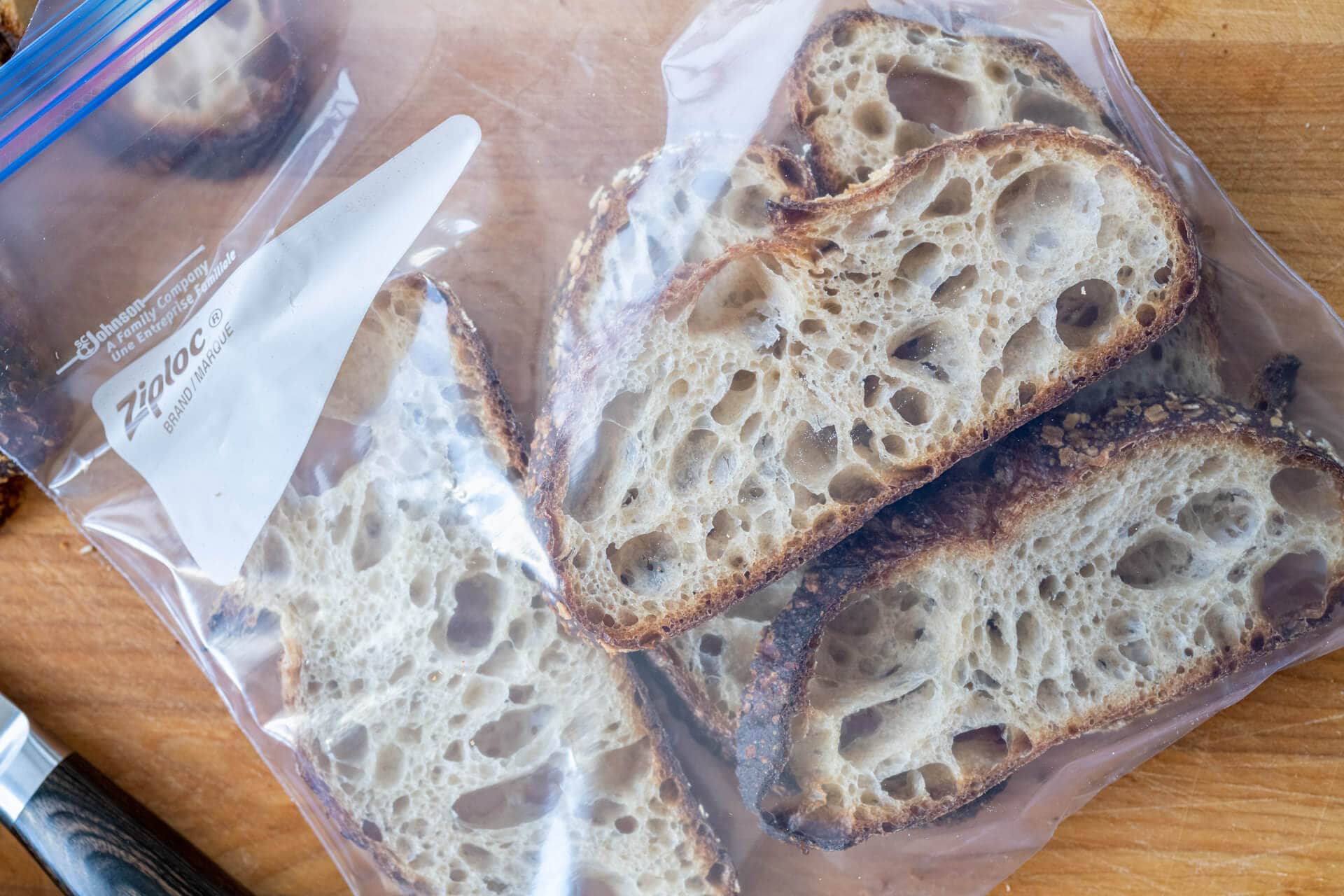
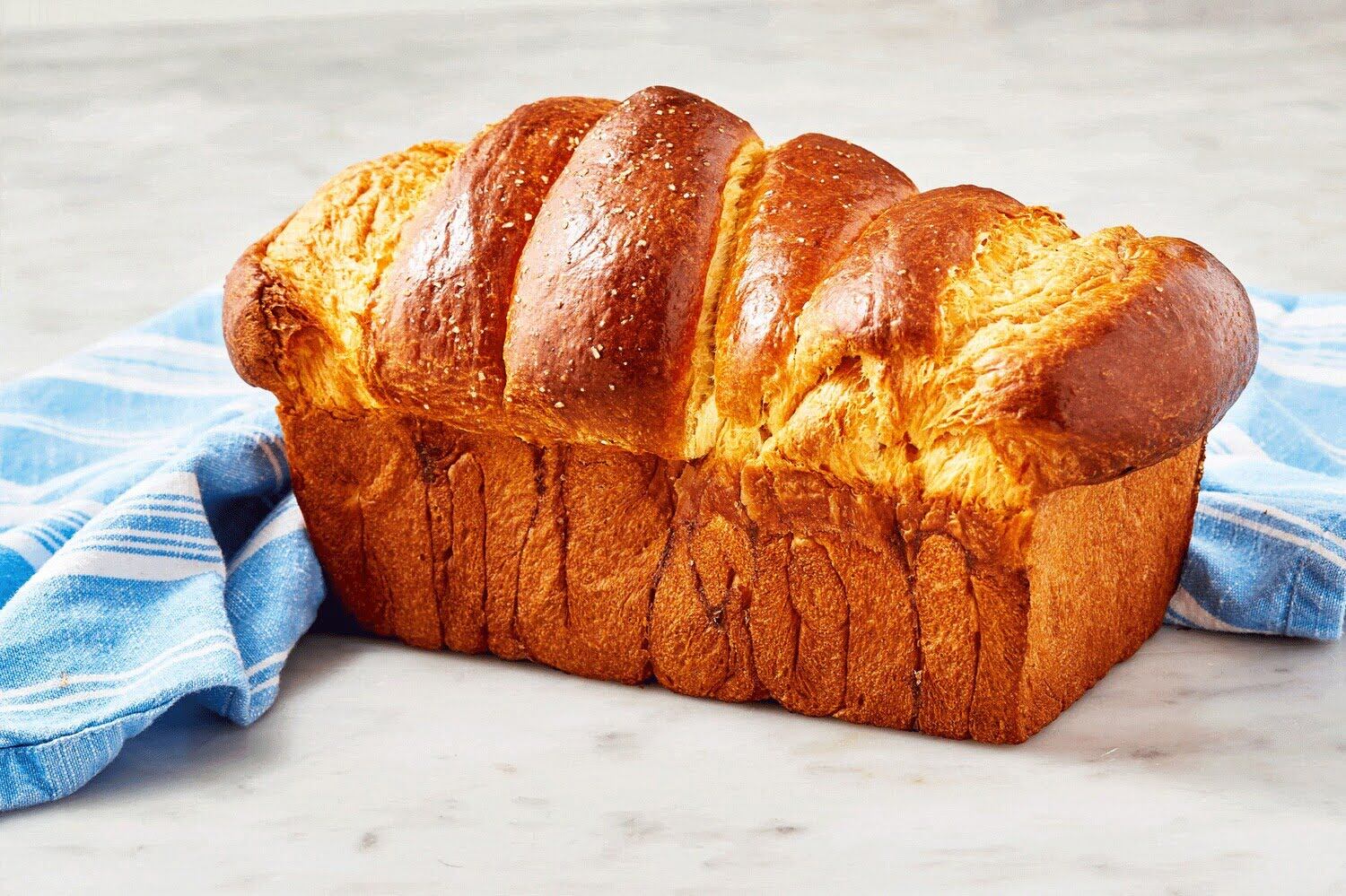

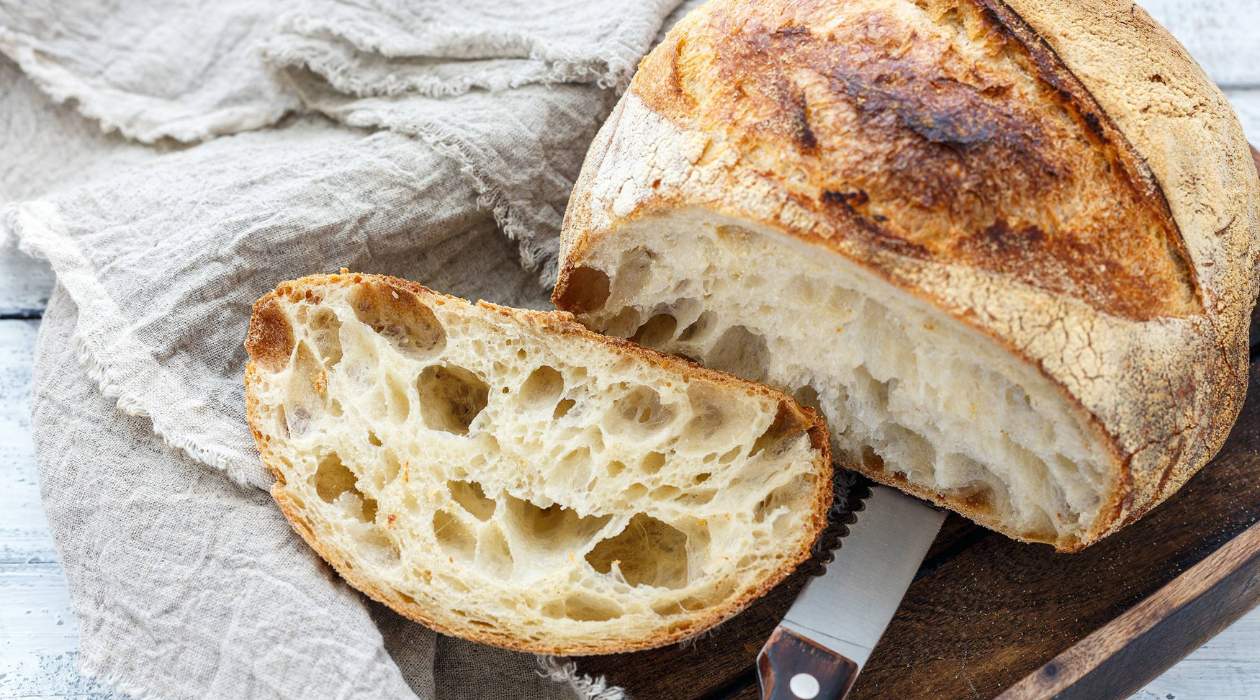
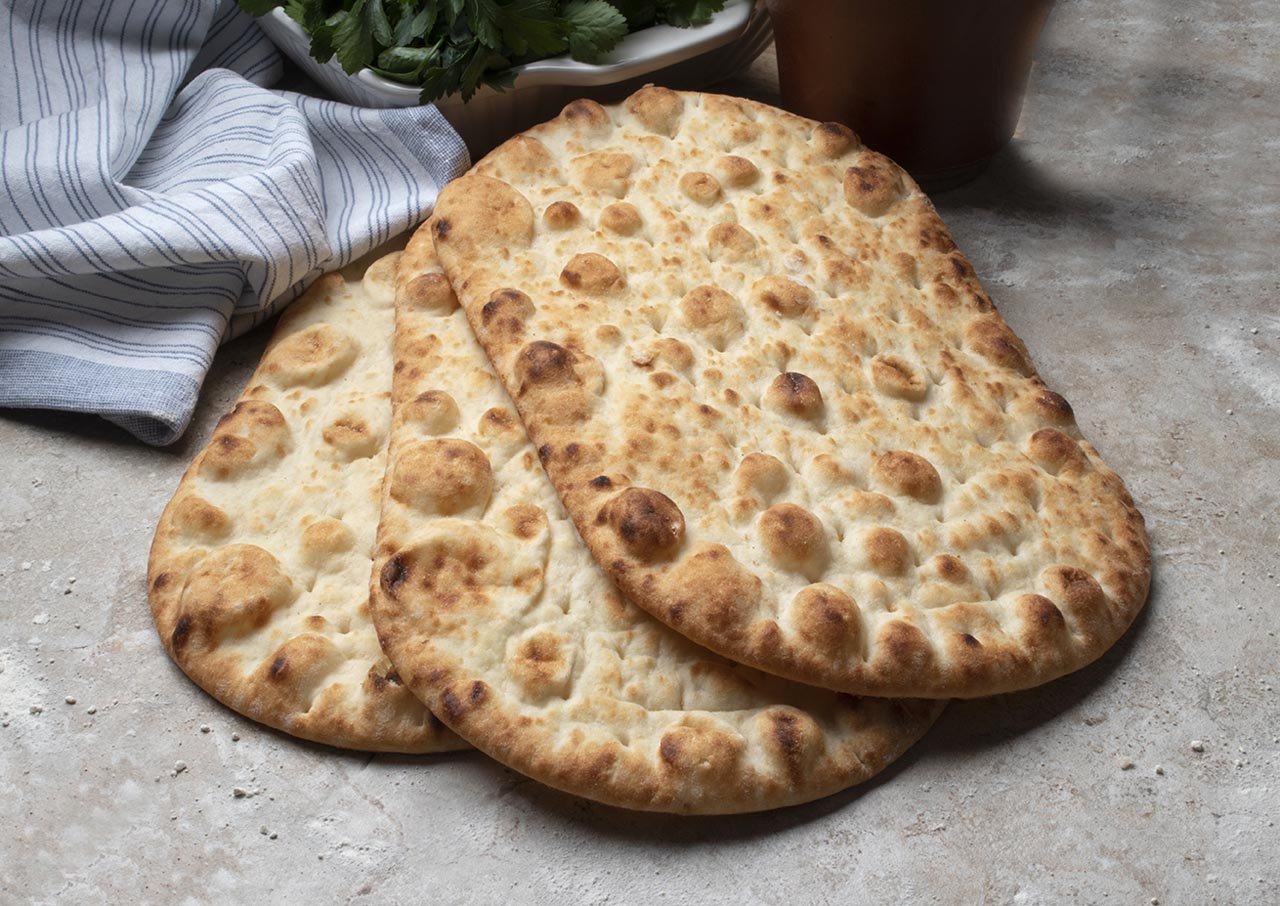
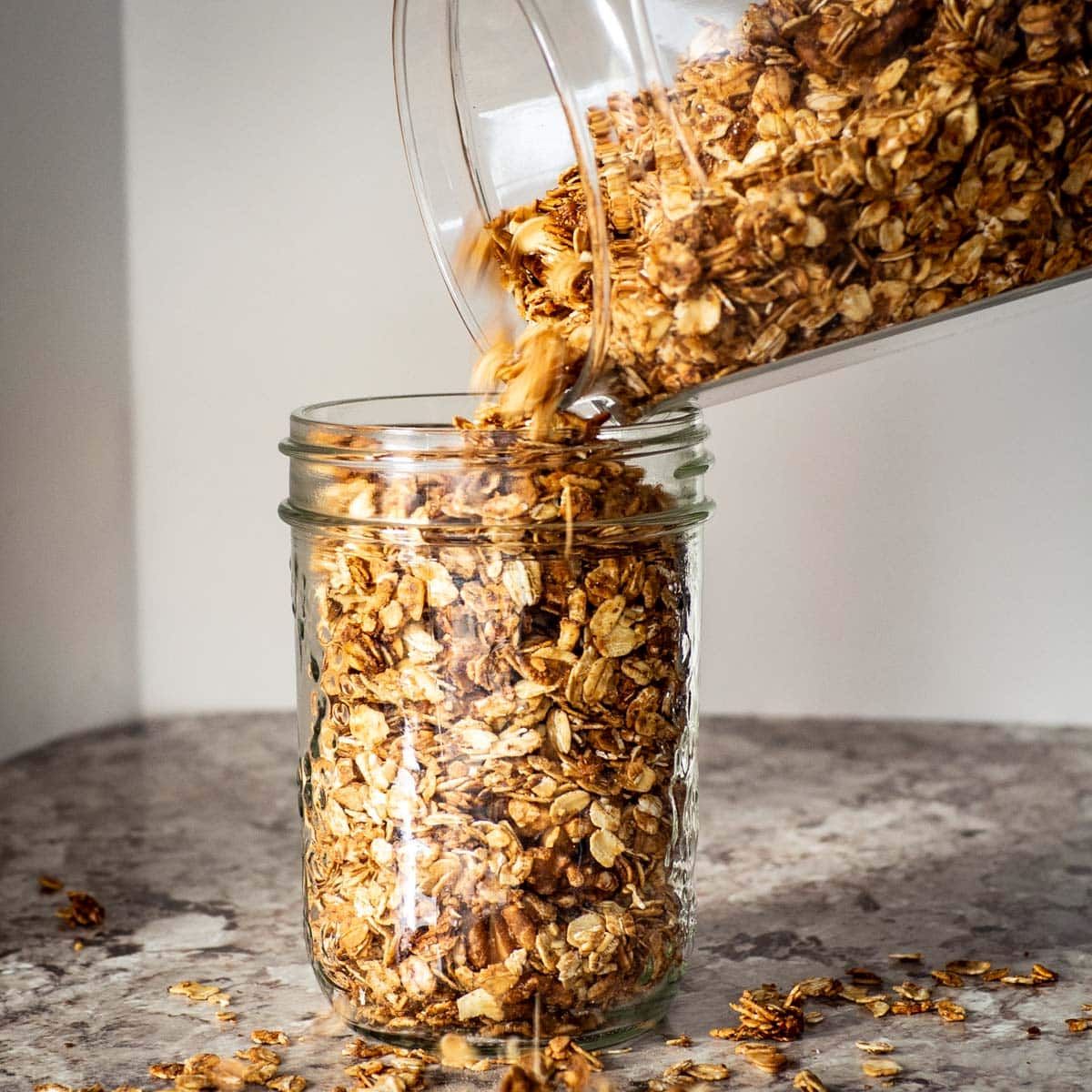
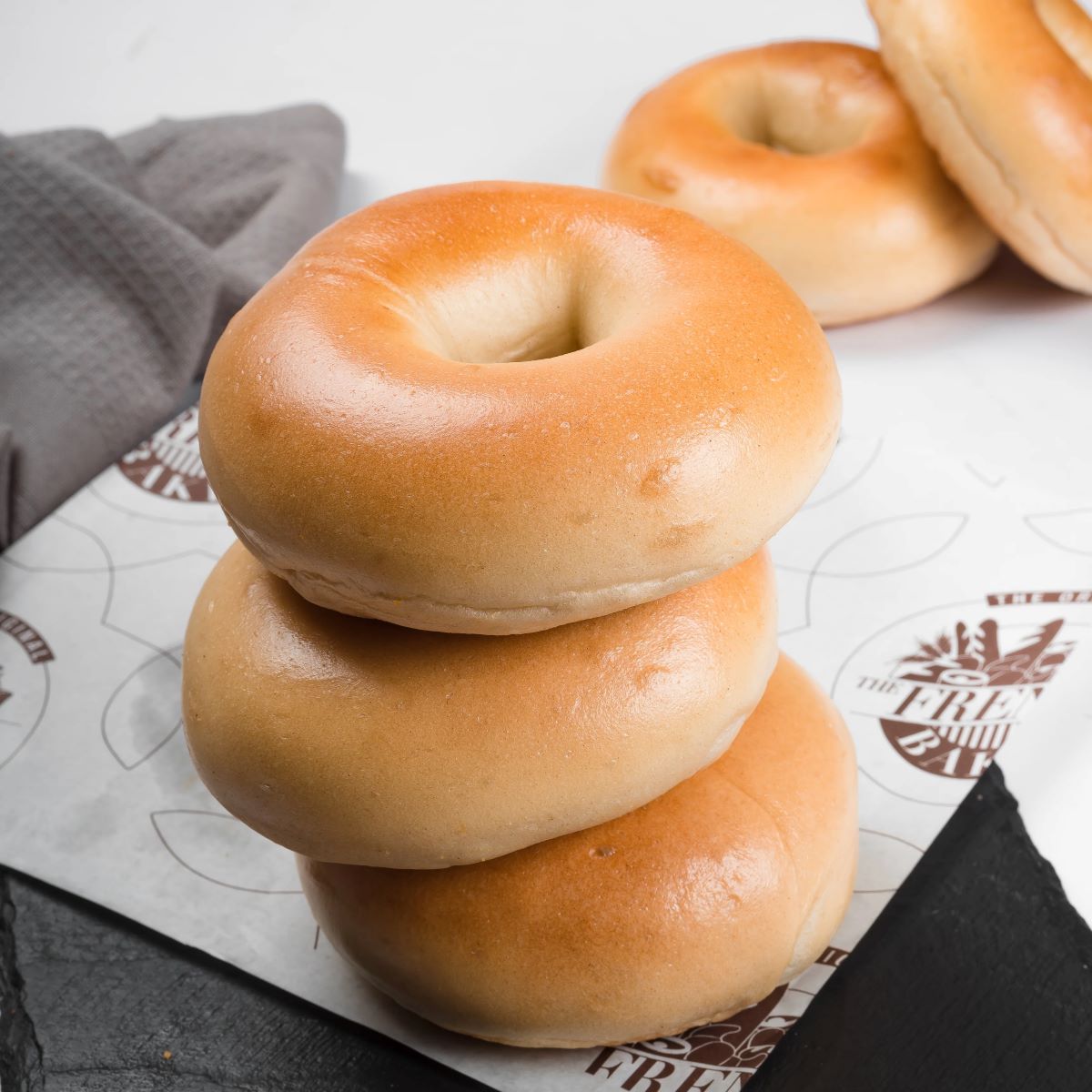
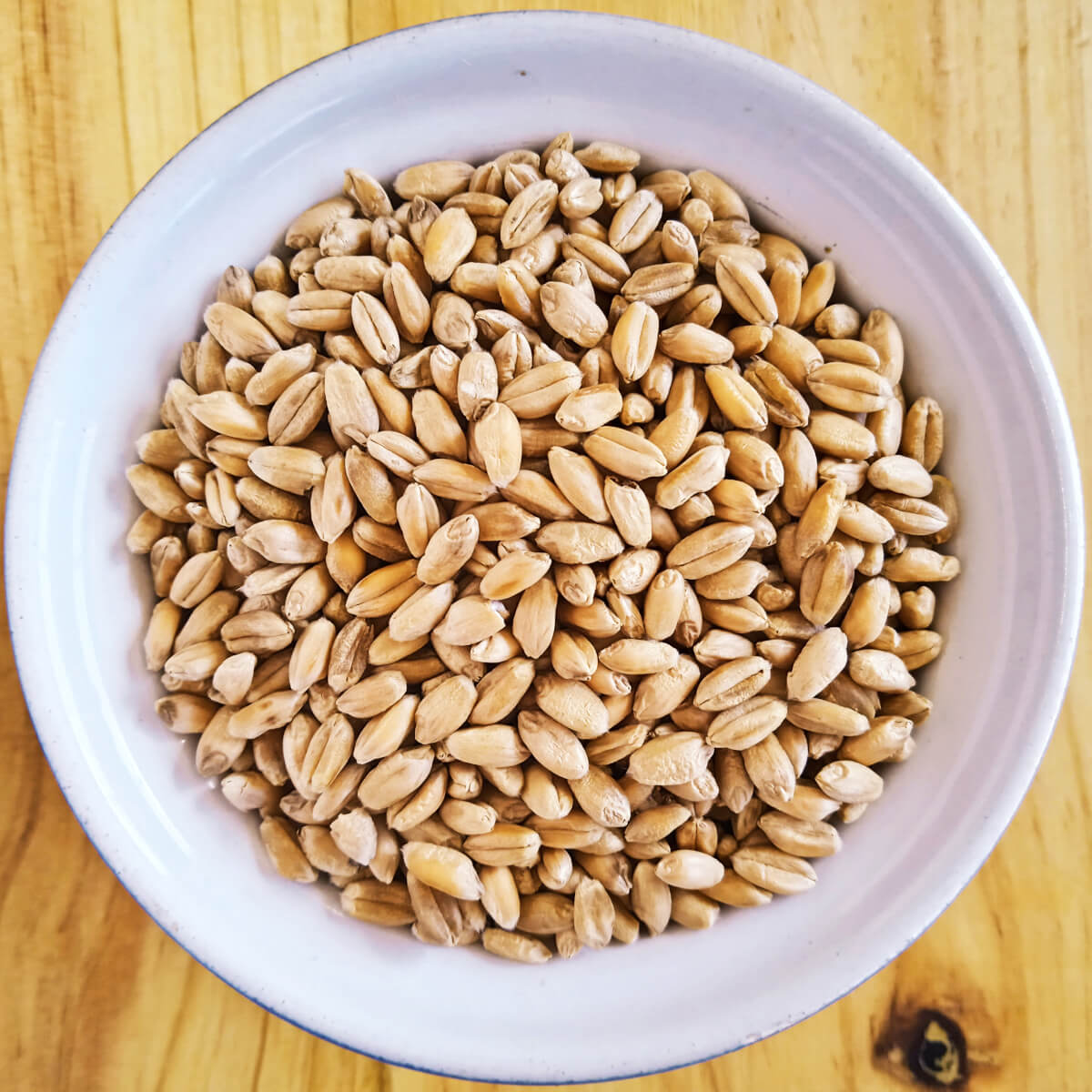
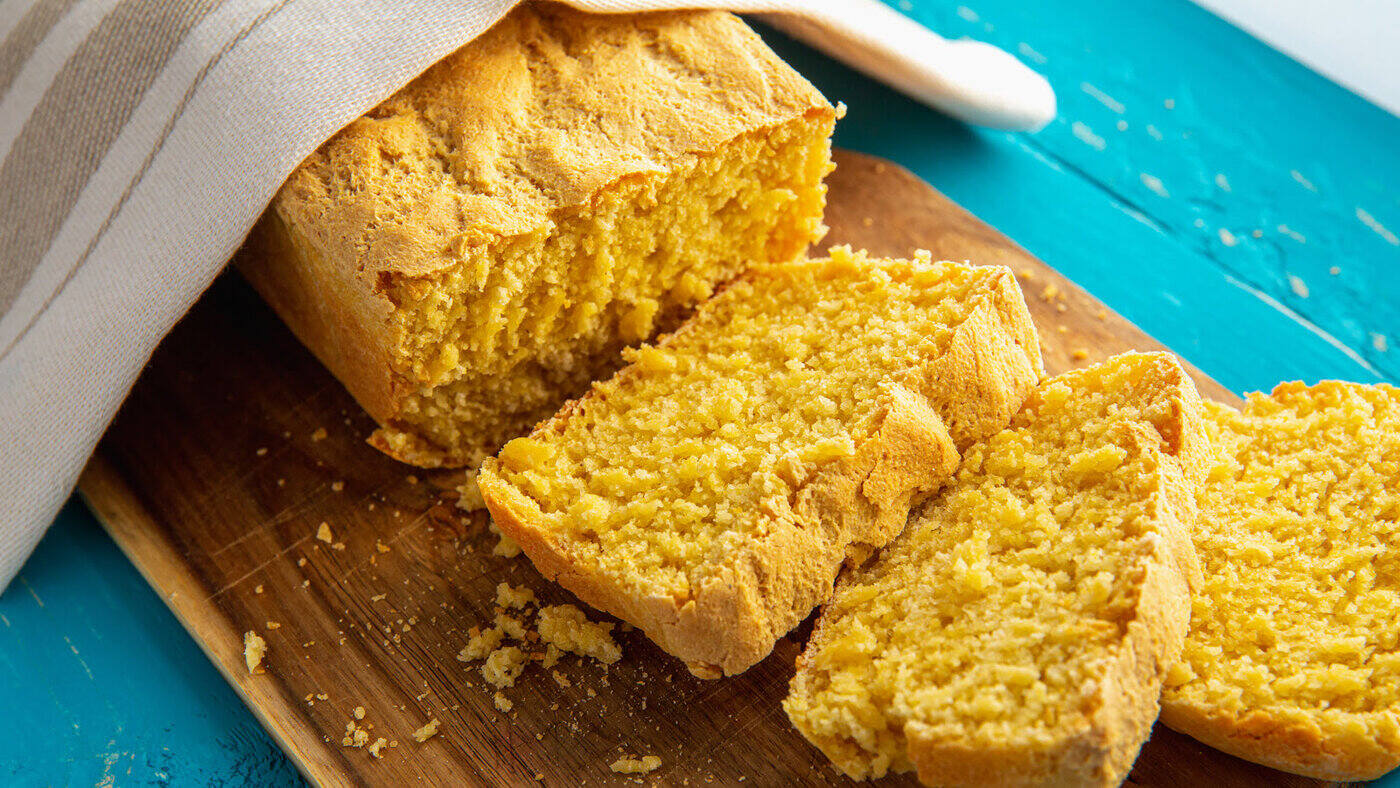
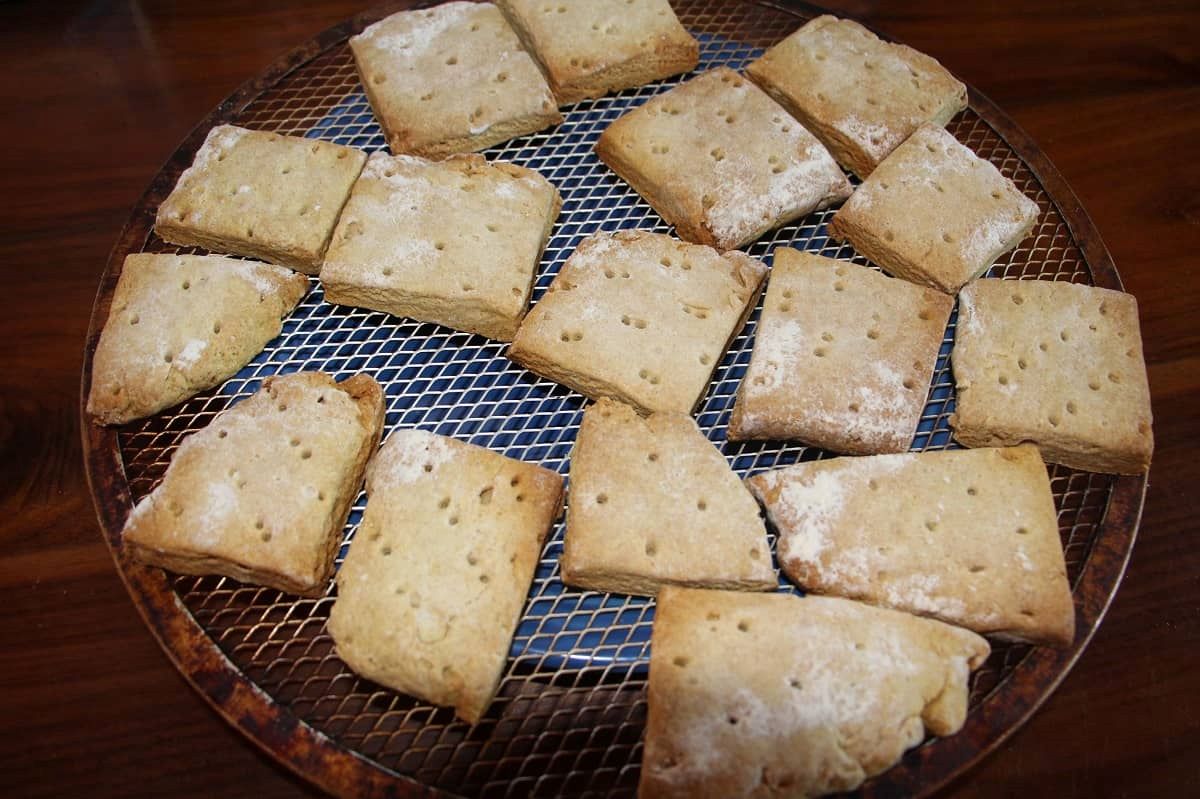
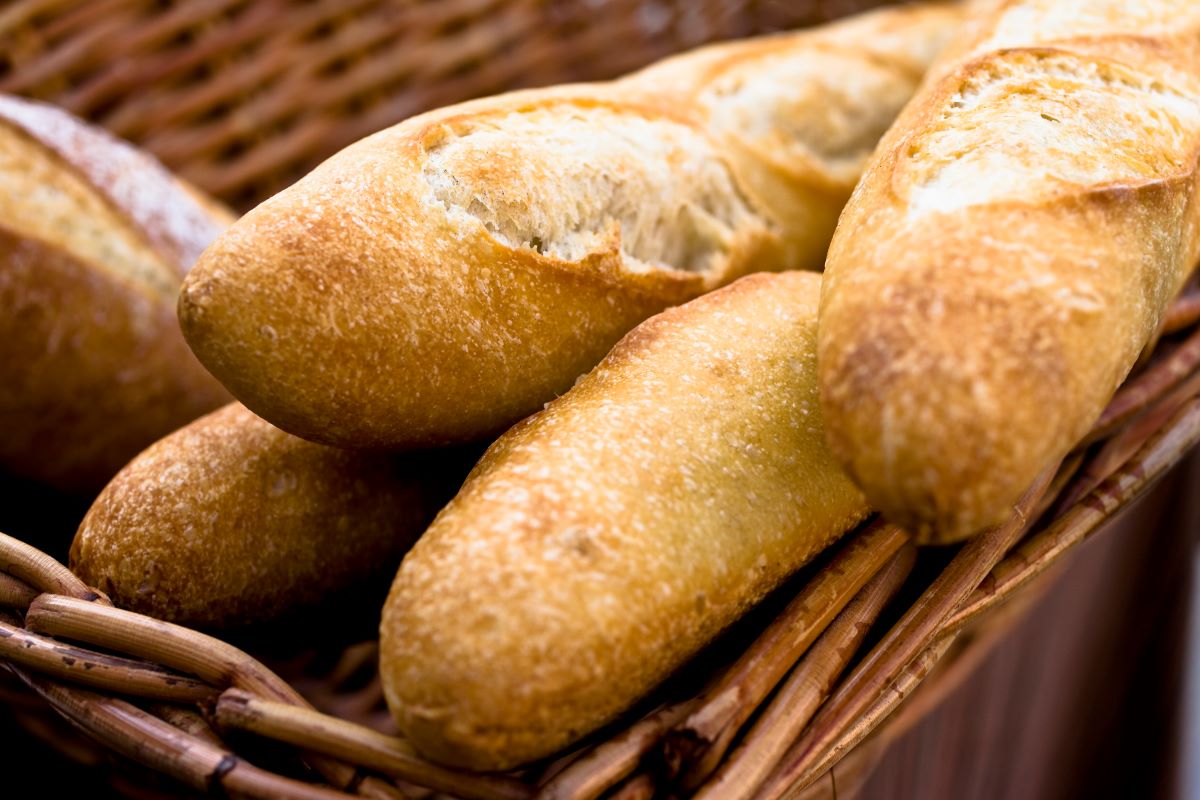
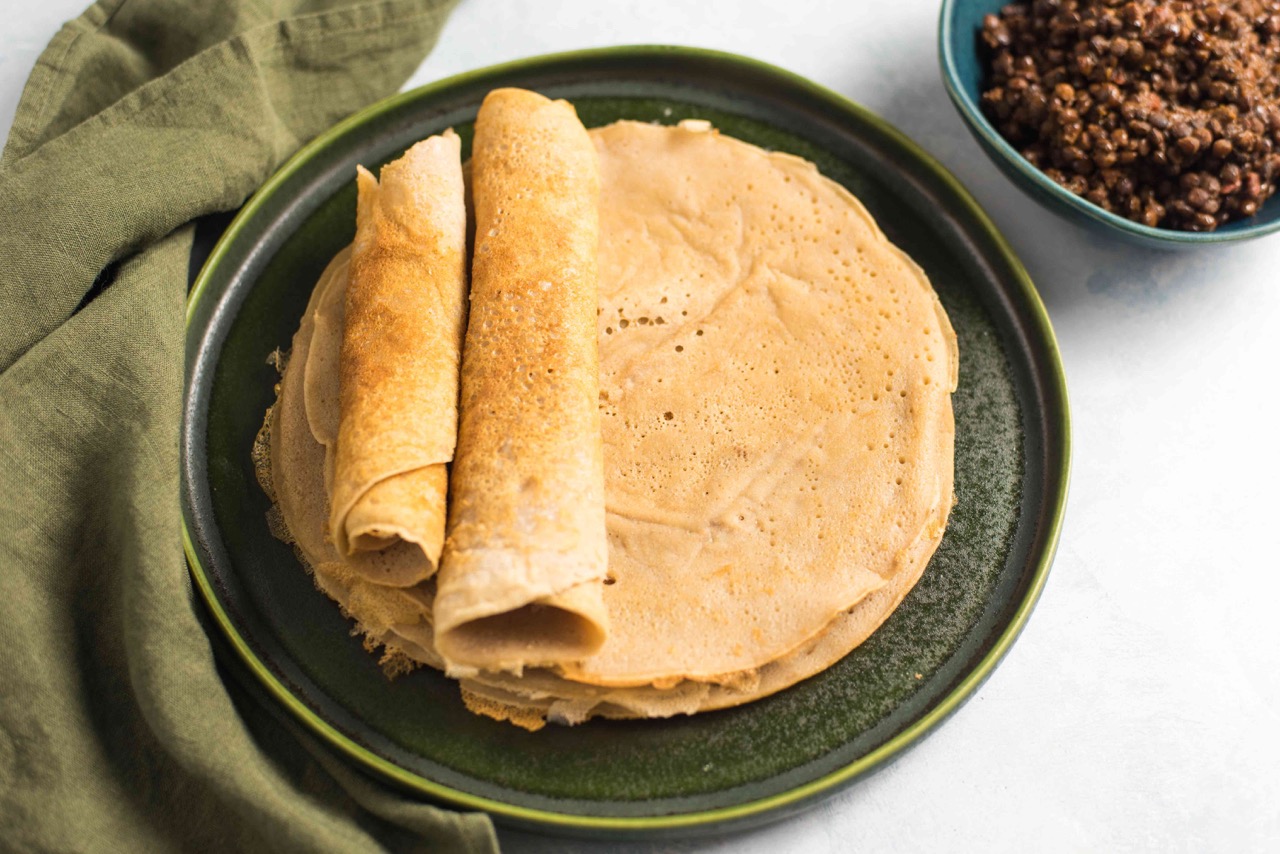
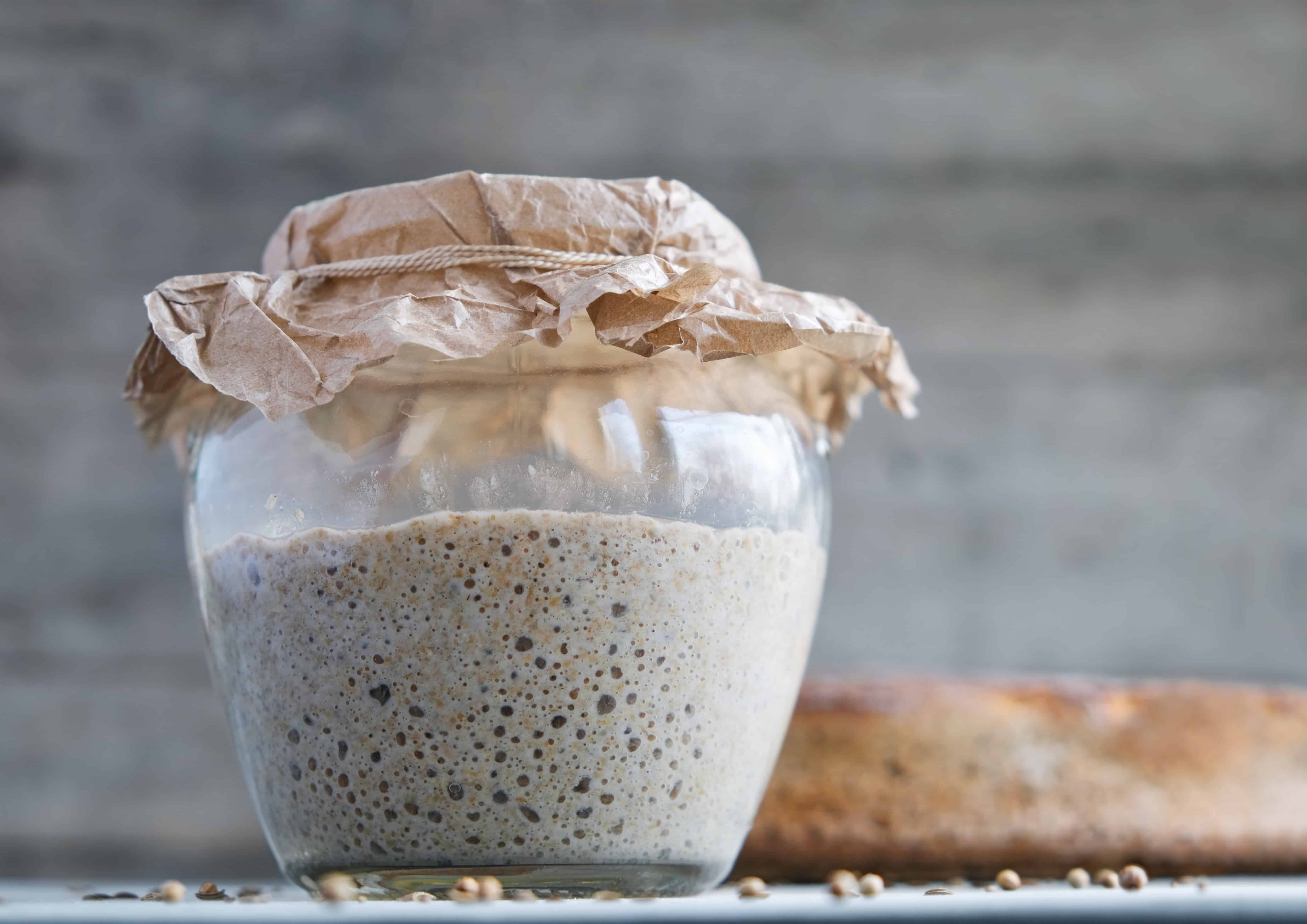

0 thoughts on “How To Store Bread Maker Bread”